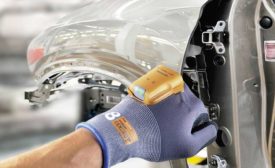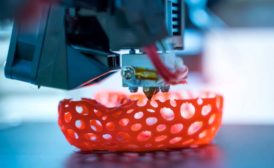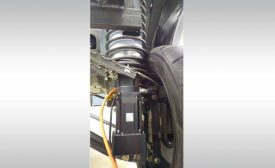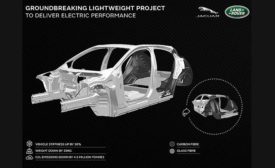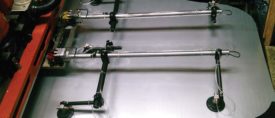Industries
Unmanned Vehicles Take to the Sea
Currents are slowly pushing autonomous ships into the mainstream.
September 16, 2021
Making Electric Vehicles Quieter
Sound absorption and noise dampening present huge challenges in electric vehicles.
September 15, 2021
Reducing Weight of Electric Vehicles
Lightweighting Drives EV Range and Performance
September 9, 2021
Four Considerations When Selecting EOAT
The perfect EOAT depends on four critical areas: environment, operating parameters, design and ancillary components.
September 8, 2021
Ultrasonic Welding of Thermoplastic Composites
Strong and lightweight, thermoplastic composites can be difficult to join.
September 7, 2021
Never miss the latest news and trends driving the manufacturing industry
Stay in the know on the latest assembly trends.
JOIN TODAY!Copyright ©2024. All Rights Reserved BNP Media.
Design, CMS, Hosting & Web Development :: ePublishing


